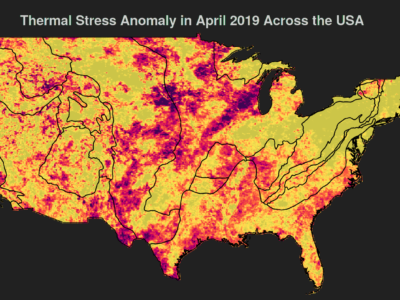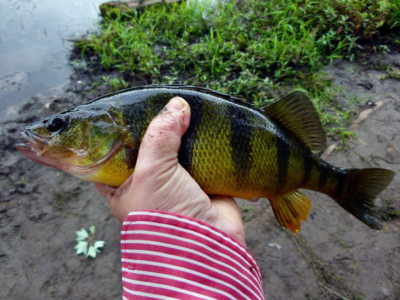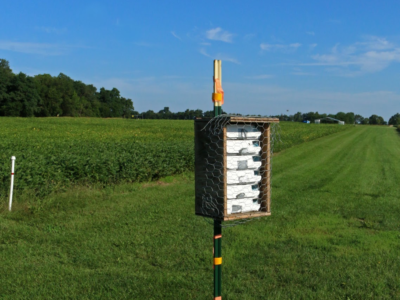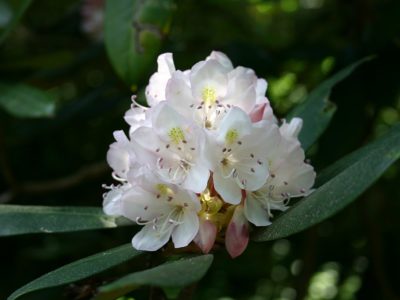When it Rains, it’s Gonna Pour

Fires and floods are becoming all too common for coastal Southern California residents — but are these ‘extreme’ events likely to become even more frequent? Answering this question requires a comprehensive understanding of precipitation patterns in the region and how they are likely to change in the coming decades. Most previous research on climate change… Read more »



















